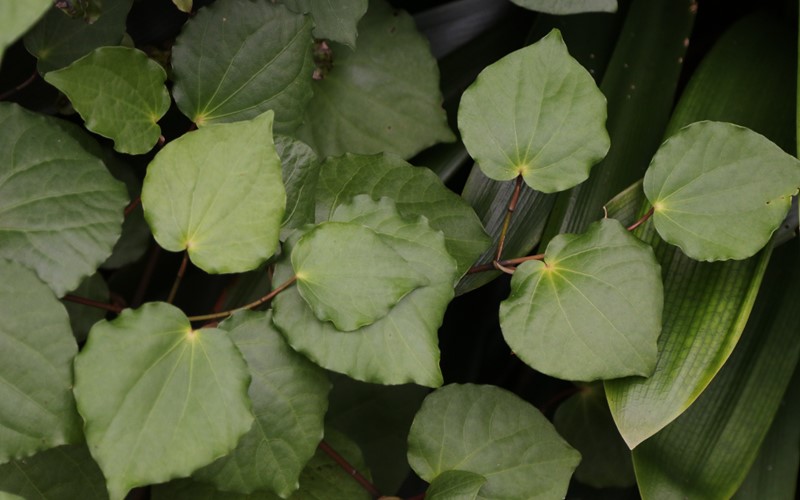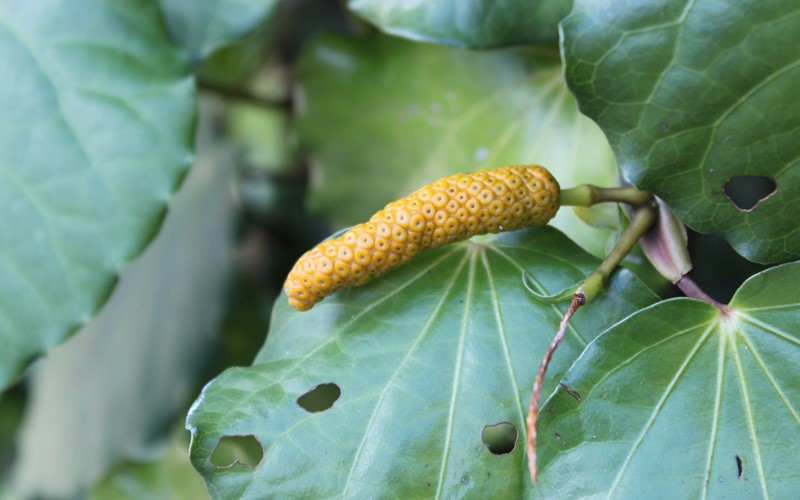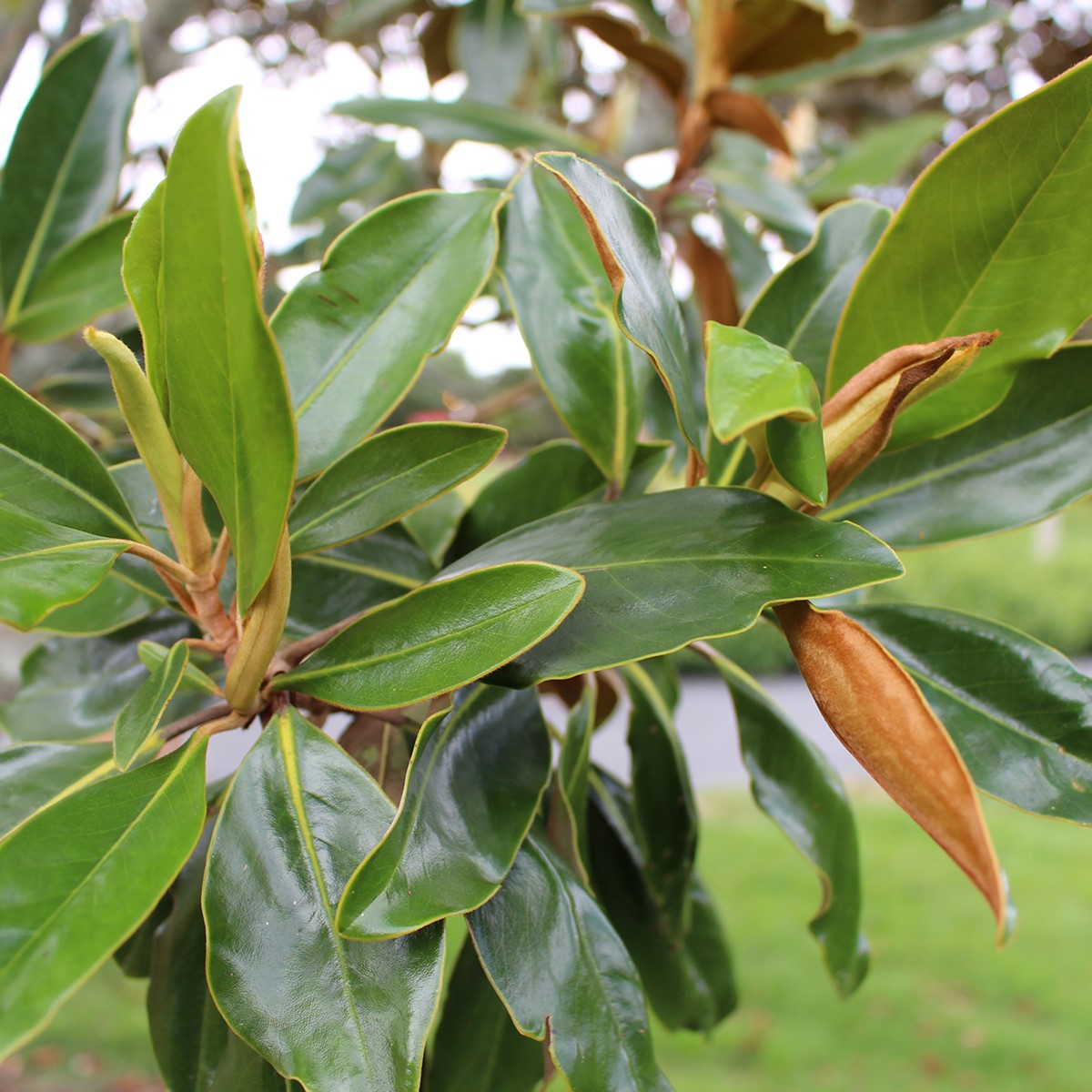Physical characteristics
Fleshy
Flowers and foliage
Glossy
Preferred site
Prefers partial shade with free-draining moist soil. Once established it will tolerate considerable drought. Kawakawa is cold sensitive.
Preparation for planting
Always choose healthy well grown
Maintenance tips
Mulching
Ecological and biodiversity benefits
Fruit provides a food source for birds.
Pests and diseases
Relatively pest and disease-free, but the leaves can occasionally be eaten by caterpillars.
Location at Auckland Botanic Gardens
Native Identification Trail





.jpg?anchor=center&mode=crop&width=1200&height=1200&rnd=131732822304530000)

.jpg?anchor=center&mode=crop&width=1200&height=1200&rnd=132106949760530000)
 .jpg?anchor=center&mode=crop&width=1200&height=1200&rnd=131732822977030000)